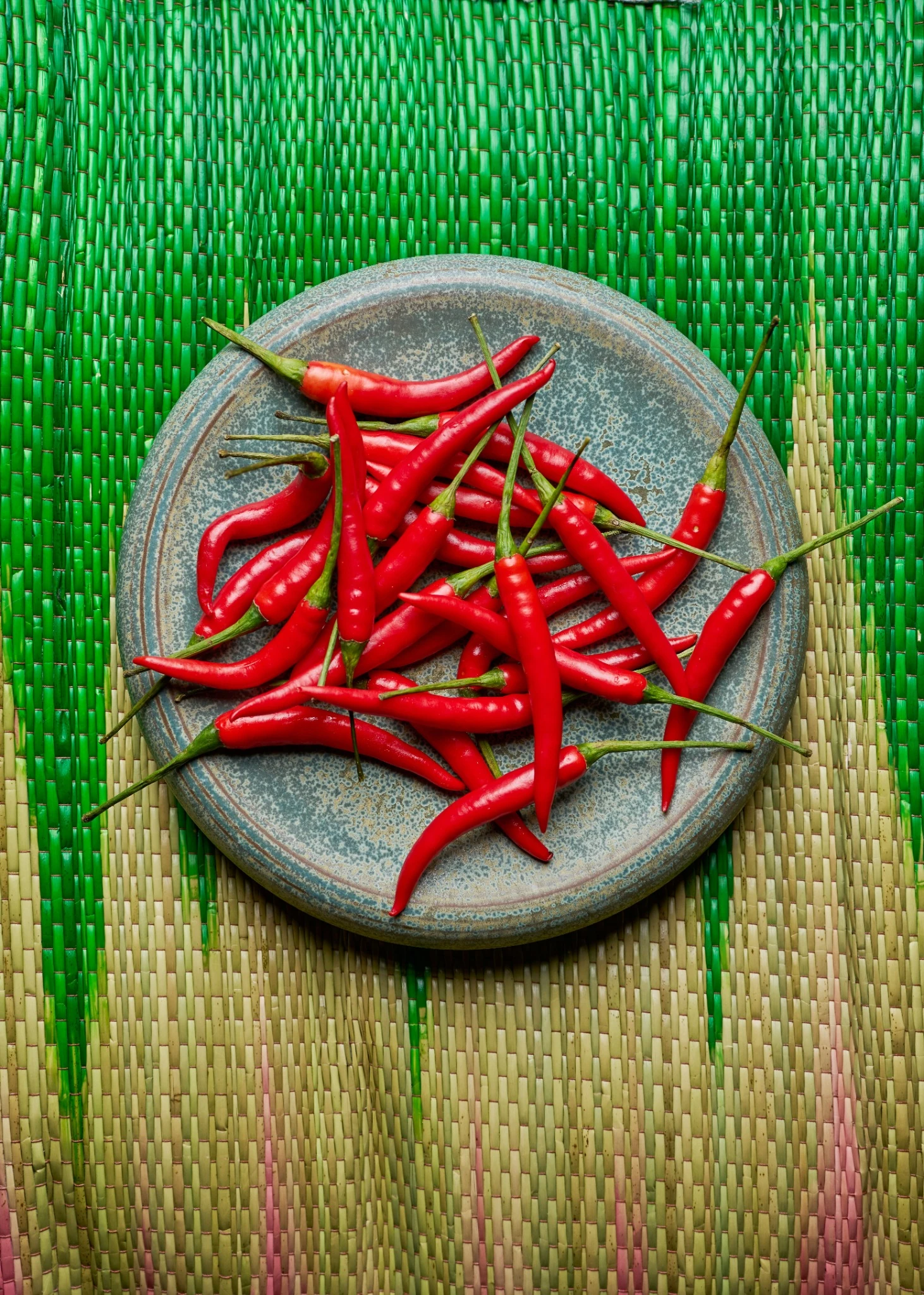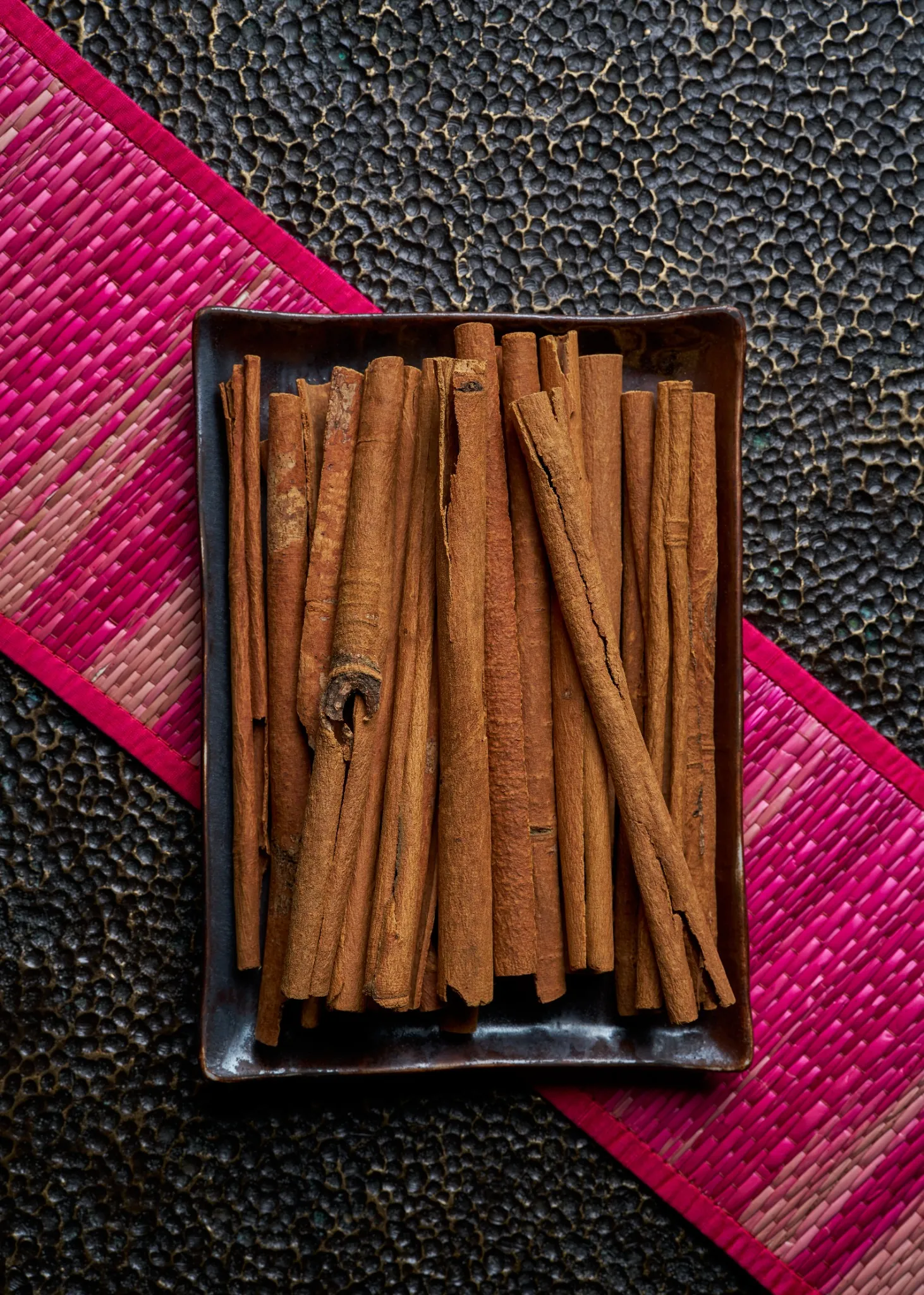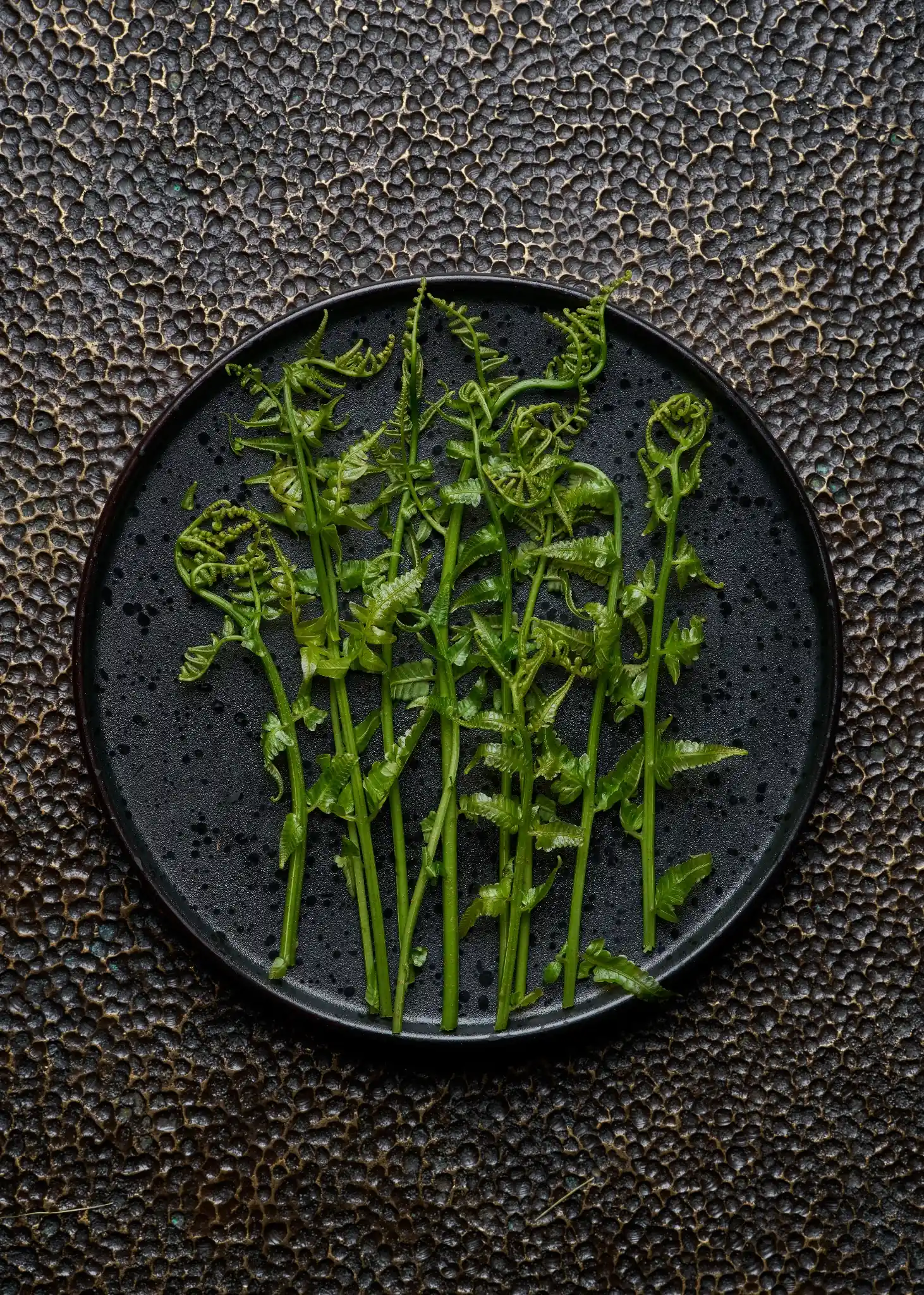FOOD MAP
Discover Our Ingredients

Cardamom
Cardamom refers to several plants of the similar genera Relettaria and Amomum in the ginger family Zingiberaceae. It is the world's third most expensive spice by weight, outstripped in market value only by saffron and vanilla.
TasteCardamom has a strong, unique taste, with an intensely
aromatic and resinous fragrance. Black cardamom has a
distinctly more smoky, though not bitter, aroma, with a
coolness some consider similar to mint.
Green cardamom is one of the most expensive spices by
weight, but little is needed to impart the flavour.
TasteCardamom has a strong, unique taste, with an intensely
aromatic and resinous fragrance. Black cardamom has a
distinctly more smoky, though not bitter, aroma, with a
coolness some consider similar to mint.
Green cardamom is one of the most expensive spices by
weight, but little is needed to impart the flavour.

Chilli
A symbol of Thai culinary identity, the chilli brings heat, balance, and depth to every dish. At Sra Bua, we use locally grown varieties — from the fiery bird's eye to the mellow prik chee fah — not just for spice, but to awaken the palate and honour the boldness of Thai cuisine.

Cinnamon
Introduced centuries ago through spice routes, cinnamon found its way into Thai cuisine as both a warming note in stews and a fragrant whisper in desserts. At Sra Bua, it's reimagined with restraint — adding structure and softness in unexpected forms.

Cloves
Cloves are the aromatic dried flower buds of a tree in the family Myrtaceae, Syzygium aromaticum. Cloves are native to the Maluku islands in Indonesia and are used as a spice in foods throughout the world.

Coconut
The coconut palm (also, cocoanut), Cocos nucifera, is a member of the family Arecaceae (palm family). It is the only accepted species in the genus Cocos. The term coconut can refer to the entire coconut palm, the seed or the fruit which, botanically, is a drupe and not a nut. The spelling cocoanut is an archaic form of the word. The term is derived from 16th century Portuguese and Spanish coco, meaning head or skull, from the three small holes on the coconut shell that resemble human facial features.

Coriander
Coriander (Coriandrum sativum), also known as cilantro, Chinese parsley or dhania, is an annual herb in the family Apiaceae. Coriander is native to regions spanning from southern Europe and North Africa to south west Asia. All parts of the plant are edible but the fresh leaves and the dried seeds are the parts most traditionally used in cooking.

Edible Fern
Foraged from Thailand's northern forests and riverbanks, edible fern (pak kood) adds a delicate, earthy freshness to the plate. A humble green elevated — its wild texture and taste offer a quiet reminder of Thailand's untamed nature.

Galangal
Galangal (galanga, blue ginger, laos) is a rhizome of plants in the ginger family Zingiberaceae, with culinary and medicinal uses originating in Indonesia. The rhizomes are used in various Asian cuisines such as the famous Tom Kha Gai soup.

Garlic
Allium sativum, commonly known as garlic, is a species in the onion genus, Allium. Its close relatives include the onion, shallot, leek, chive, and rakkyo. With a history of human use stretching back over 7,000 years, garlic is native to central Asia. It has long been a staple part of the Mediterranean region diet as well as a frequent seasoning in Asia, Africa, and Europe. It was known to ancient Egyptians and has been used for both culinary and medicinal purposes.

Ginger
Ginger or ginger root is the rhizome of the plant Zingiber officinale, consumed as a delicacy, medicine, or spice. It lends its name to its genus and family (Zingiberaceae). Other notable members of this plant family are turmeric, cardamom and galangal.

Lemongrass
Cymbopogon (lemongrass) is a genus of about 55 species of grasses native to warm temperate and tropical regions of the Old World and Oceania. It is a tall perennial grass.

Mango
The mango is a fleshy stone fruit belonging to the genus Mangifera, consisting of numerous tropical fruit trees in the flowering plant family Anacardiaceae. The mango is native to south Asia from where it has been distributed worldwide to become one of the most cultivated fruits in the tropics.

Oyster sauce
Oyster sauce describes a number of sauces made by cooking oysters. The most common in modern use is a viscous dark brown condiment made from sugar, salt and water thickened with cornstarch and flavoured with a little oyster essence or extract. Some versions may be darkened with caramel, though high-quality oyster sauce is naturally dark. It is commonly used in Thai, Cantonese, Vietnamese and Khmer cuisine.

Pandan leaves
Pandan is a herbaceous tropical plant with long green leaves. In south east Asia, pandan leaves are used to lend a unique taste and aroma to many Thai desserts and some drinks. Pandan leaves can also be used to wrap savoury foods such as chicken.

Prawn
Prawn is a common name applied to large swimming crustaceans, particularly in Britain and Commonwealth nations, which may also be referred to as shrimp. Significant commercial species, valued for their eating qualities, tend to be large and thus tend to be called prawns. Shrimp that fall in this category often belong to the suborder Dendrobranchiata. The term is only rarely used in North America, typically for freshwater shrimp.

Sesame
Sesame is a flowering plant in the genus Sesamum. Numerous wild relatives occur in Africa and a smaller number in India. It is widely naturalised in tropical regions around the world and is cultivated for its edible seeds which grow in pods. Sesame has one of the highest oil contents of any seed. With a rich nutty flavour, it is a common ingredient in cuisines across the world.

Soy beans
Soy sauce (also called soya sauce) is a condiment produced from a fermented paste of boiled soybeans, roasted grain, brine and Aspergillus oryzae or Aspergillus sojae molds. After fermentation, the paste is pressed to produce a liquid, - the soy sauce - and a solid byproduct is often used as animal feed. Soy sauce is a traditional ingredient in east and south east Asian cuisines where it is used in cooking and as a condiment.

Star anise
Anise, Pimpinella anisum is also known as aniseed. It is a flowering plant in the family Apiaceae native to the eastern Mediterranean region and south west Asia. Its flavor has similarities with some other spices such as star anise, fennel and liquorice.

Szechuan pepper
Szechuan pepper, a common spice used in Asian cuisine, is derived from at least two species of the global genus Zanthoxylum, including Z. simulans and Z. bungeanum. The botanical name of the genus is composed of two Greek words that together mean yellow wood (referring to the brightly coloured sapwood possessed by several of the species). The genus belongs in the rue or citrus family and, despite its name, is not related closely to either black pepper or chilli.

Tamarind
Sour, sweet, and deeply aromatic — tamarind is the soul of many Thai sauces and curries. We highlight its complexity by pairing it with roasted meats or infusing it into broths, bringing a layered acidity that lingers and uplifts.

Tom Kha soup
Traditional Tom Kha soup is a spicy hot soup in Thai and Lao cuisine. This soup is made with coconut milk, galangal, lemongrass and kaffir lime leaves and often contains straw, shiitake or other mushrooms as well as coriander leaves. The fried chillies add a smoky flavour as well as texture, colour and heat but not so much that it overwhelms the soup. The key is to get a taste balance between the spices.

Turmeric
Turmeric (Curcuma Longa) is a rhizomatous herbaceous perennial plant of the ginger family Zingiberaceae. It is native to tropical south Asia, requiring temperatures between 20°C and 30°C and a considerable amount of annual rainfall in order to thrive.
